Hotshot delivery cost factors: What impacts the final price?
Ryan Miller
August 21, 2025
-min.avif)
Construction demand is on the rise across all sectors of the industry nationwide, and with more demand comes more complex delivery logistics. Hotshot deliveries, as a result, have also become increasingly popular for builders everywhere. But how do you plan a hotshot delivery without breaking the bank?
Factors like load size, urgency, and route complexity play a part, but here’s the full breakdown of the costs and delivery considerations you need to make.
What is a hotshot delivery?
A hotshot construction delivery refers to a time-sensitive delivery of construction supplies or industrial equipment from point A to point B. The load amount often equals out to a less-than-truckload (LTL) delivery, and hotshots are usually executed by flatbed trailers or medium-duty trucks.
Hotshot deliveries prioritize flexibility and speed from supplier to customer, and are often completed within the same day or the next day. Not every distributor offers in-house hotshot delivery, many rely on third-party delivery courier services to get the job done.
Why would a company opt for a hotshot for construction material delivery?
Typically, construction companies opt for hotshot deliveries due to an urgent materials need. If they under-ordered construction supplies, had an equipment breakdown, or were originally ordered the wrong size or type of product, a hotshot delivery can save the day.
By having a hotshot option available, general contractors or construction site managers can keep project execution on schedule and not risk wasting labor and resources. But if used too much, hotshot deliveries can cost businesses a pretty penny. Here’s what could impact the price of your next hotshot.
Hotshot pricing breakdown: 5 things that impact delivery costs
1. Delivery urgency
Quick delivery is the biggest draw to using hotshot delivery, and a quick turnaround comes at a premium. The faster you need your material delivery, the more it’ll typically cost businesses.
Upcharges for rush hotshot deliveries may add up for time-sensitive freight, overnight delivery, and after-hours pickups. It’s more than likely that your last-minute delivery jobs reduce the courier's ability to combine loads and optimize return pickups.
Builders can lessen the blow of an urgent delivery cost by simply scheduling a booking 2-3 days in advance. So, when you can help it, have your project coordinators track material use and delivery accuracy closely so you’re not ordering at the last minute.
2. Size, weight, and load dimensions
Hotshot delivery couriers may also price your material shipment based on how much space your load needs. The larger, heavier, and more oddly shaped your delivery is, the more expensive it becomes. The labor required to accommodate your materials safely adds up in cost more than builders think.
Heavier loads also burn more fuel in transportation, which impacts how many other deliveries the driver can take on. On top of that, wide or long deliveries may require a more costly vehicle like a gooseneck or tilt deck trailer. If your items are oversized, the delivery driver may also need special securement gear or permits. And when there’s specialty labor required, there’s usually a premium that comes along with it.
3. Conditions at the pickup and drop-off
If you need a quick delivery from the supplier around the corner on a wide industrial road, it might be available at little cost. But if you need rush materials delivered to a remote, off-road, or difficult-to-access job site, that’s when the price may increase.
If your job site is situated in a mostly residential area, for example, it may require more maneuvering on the driver’s part. Remote areas like oilfields can also drive up delivery rates, and if the driver has to wait at the pickup or drop-off spot for an extended period, it will also raise the total price.
The simplest, most easily accessible pickup and delivery will mean the most inexpensive rates for builders. Some suppliers facilitate simpler pickups than others, so surcharges are often unpredictable for hotshot deliveries.
4. Route complexity and delivery distance
Arguably, the most obvious factor for hotshot pricing is the delivery distance. This means how far your driver needs to go, and how easy it is for them to get there.
Most hotshot material deliveries are priced according to a per-mile basis. Short hauls—deliveries under 100 miles—may come with a minimum charge, and long hauls are priced in ascending price tiers based on additional mileage.
On top of distance, route complexity plays a part in price. Deliveries through major cities or toll roads may increase your final prices, and some rural drop-offs may also raise the total cost due to low-load return lates or limited fuel availability.
5. Type of delivery vehicle and equipment necessary
Lastly, the type of vehicle needed to successfully haul your delivery will cause your total cost to fluctuate. Different vehicles and trailers, and the equipment that comes with them, will impact securement time, availability, and the overall cost.
Flatbed trailers are the most common and are great for open freight or palletized goods. Tilt-deck and gooseneck trailers are often used for heavy equipment or vehicle transport. Enclosed trailers offer material protection but limit delivery size. The receiver’s need for different equipment to load and unload the delivery will also impact the final price tag.
Where conventional construction couriers fall short
Yes, hotshot delivery pricing can vary widely depending on size, urgency, conditions, and route. But at least it’s still an option in a pinch. If you’re a builder or business that only works with conventional couriers from the suppliers, hotshot deliveries may not be a possibility at all.
Traditional couriers also fall short in construction delivery because they:
- Offer no visibility into the delivery status
- Are limited in the vehicle options available for your haul
- Have restrictions on distance availability
For general contractors and builders looking to stay agile and on time with project execution, a flexible solution is necessary as timelines and material needs change. That’s where we come in.
For competitive hotshot pricing and flexible service you can rely on, get Curri
Curri is an all-in-one logistics solution for construction material delivery. We offer live delivery tracking, end-to-end route planning, nationwide fleet coverage, and yes… hotshot delivery.
Modern construction businesses across the United States trust Curri to provide reliable, agile service at competitive prices. Book a demo with our team today to learn more about how we help distributors be the hero to their customers!
.avif)










-min.avif)

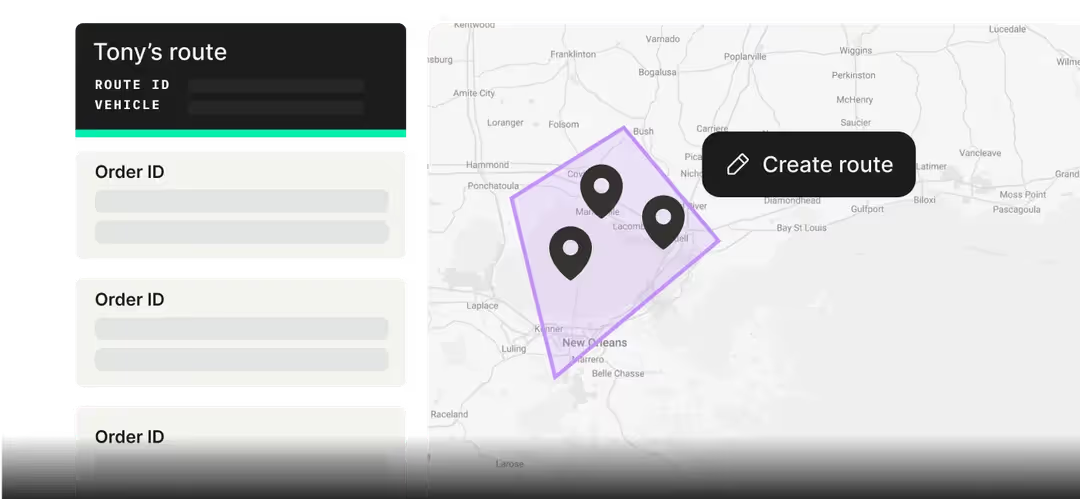
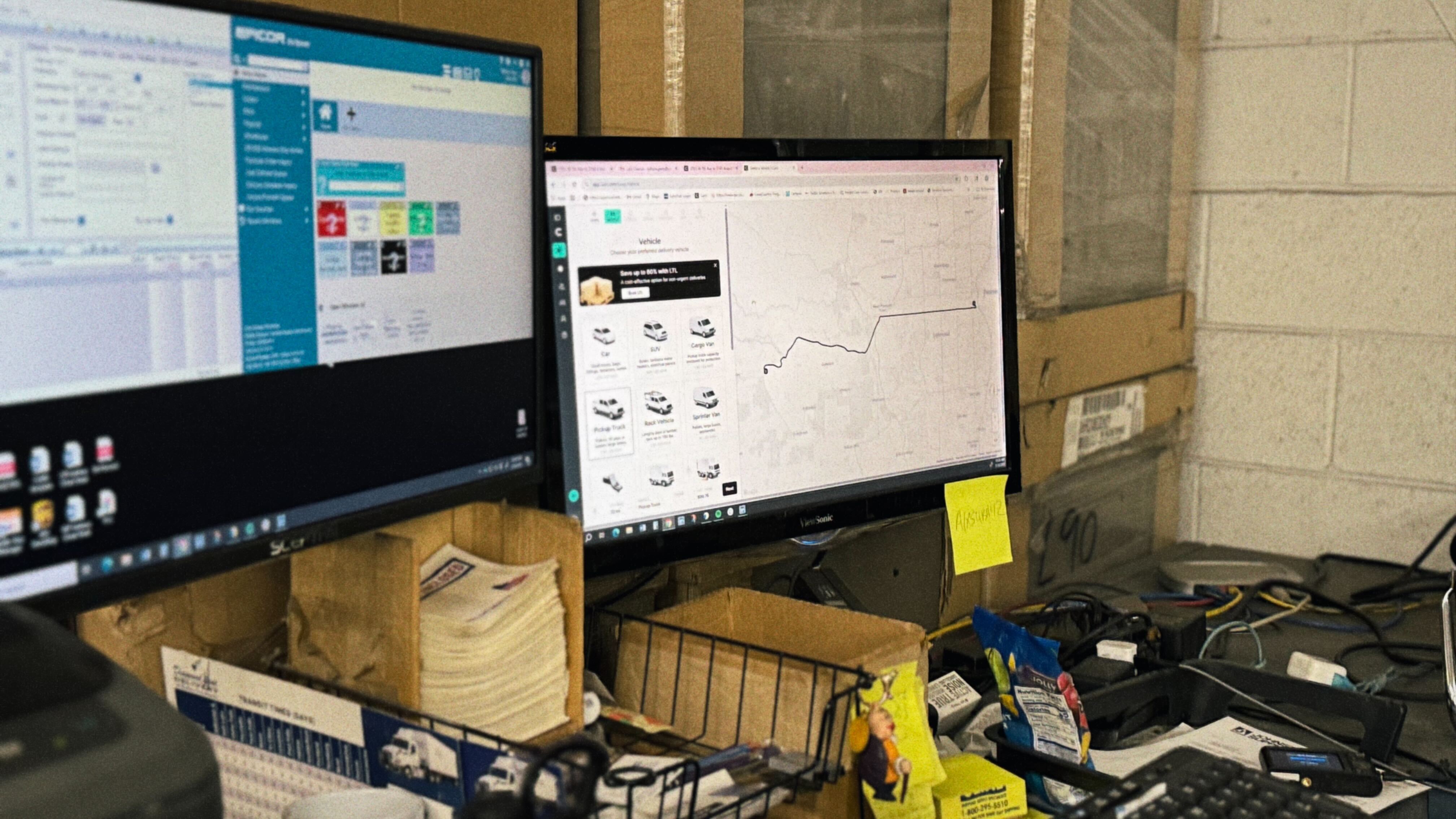
-min-min-min.avif)

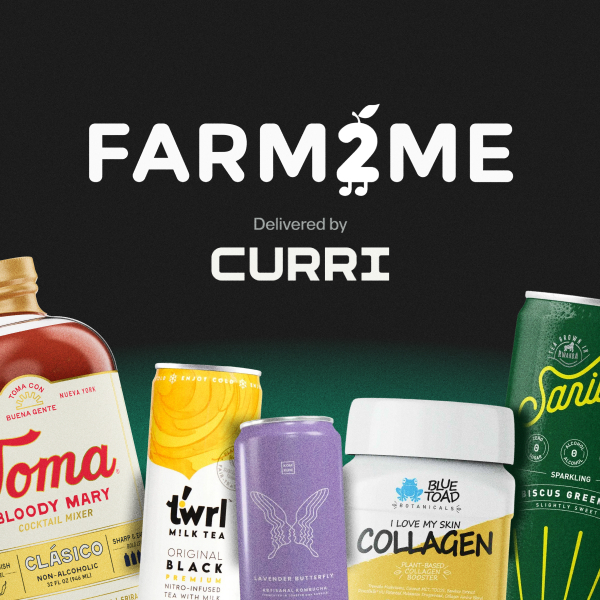
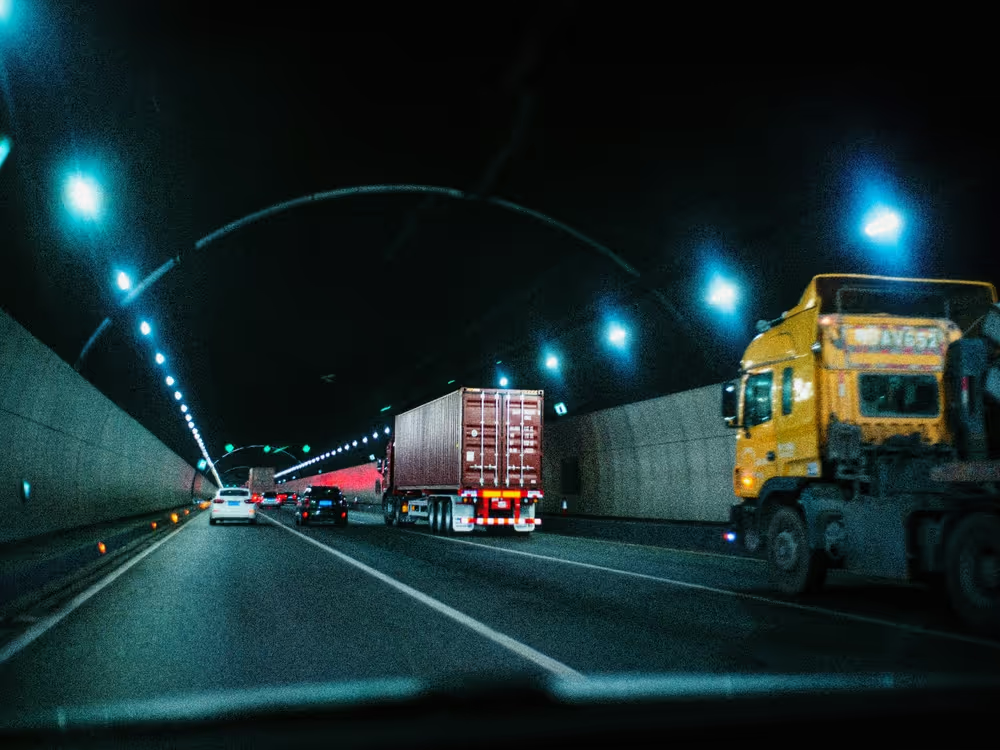
.jpeg)
-min.jpeg)
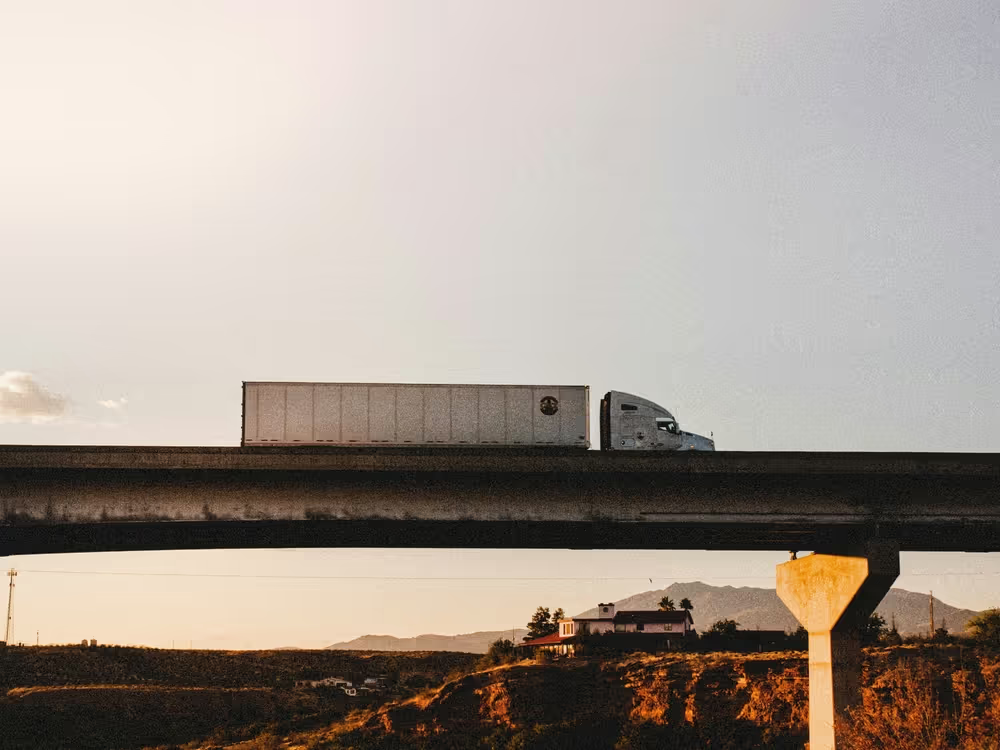

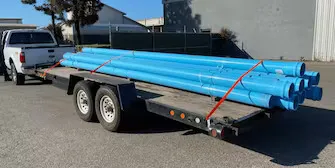


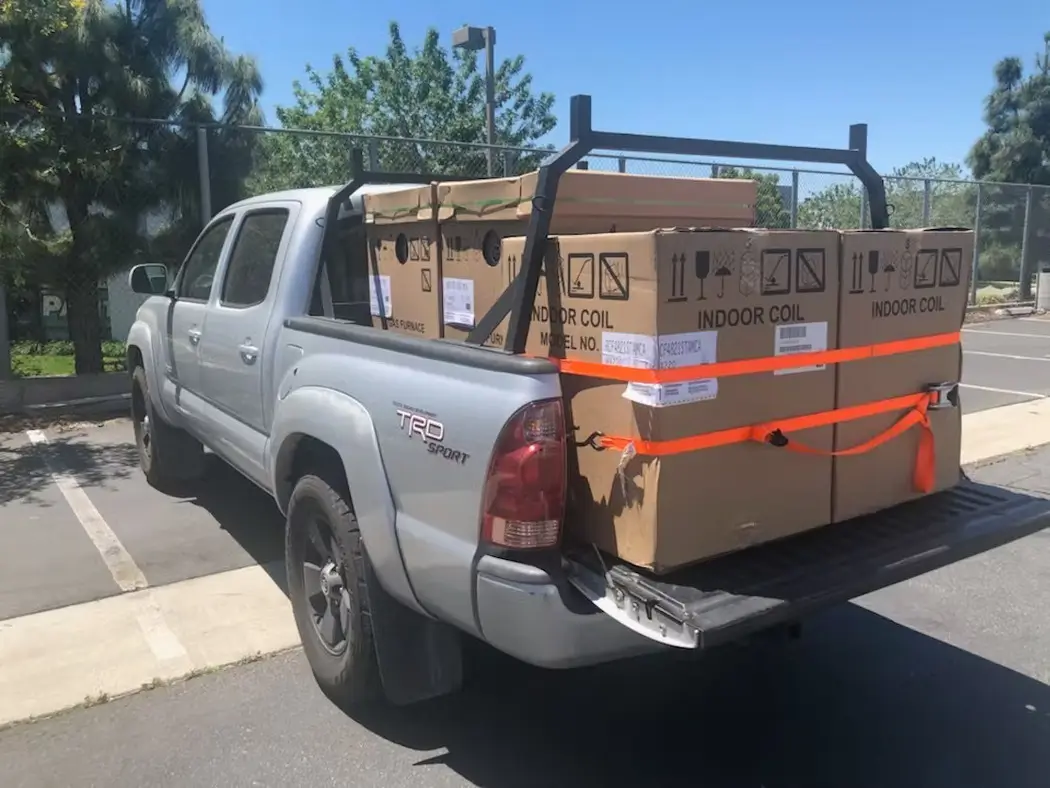
-min.webp)
.webp)



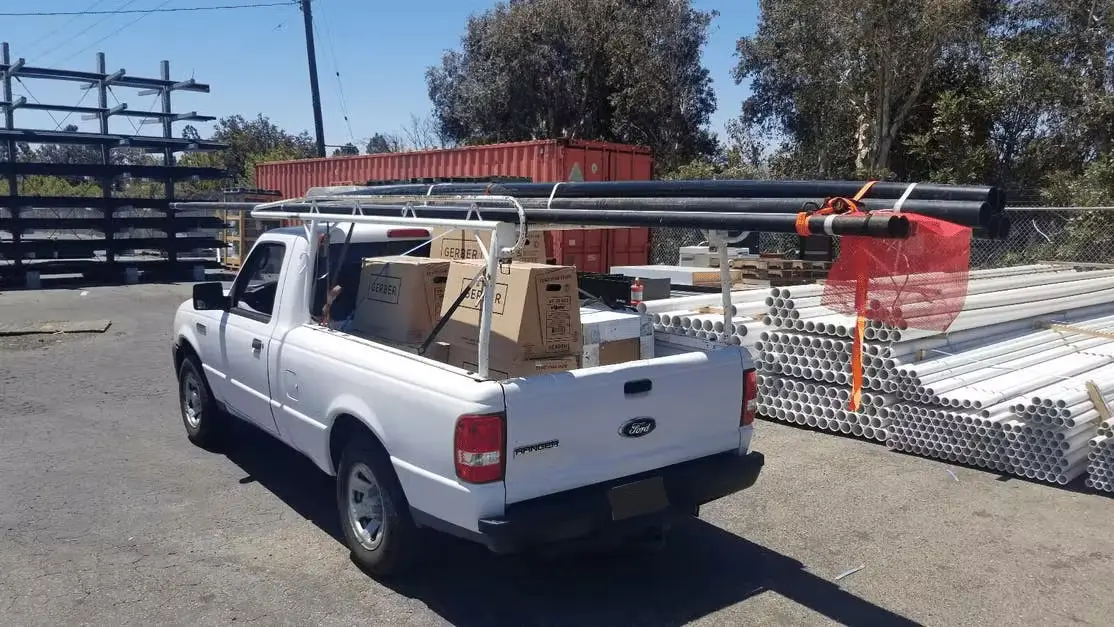

.webp)
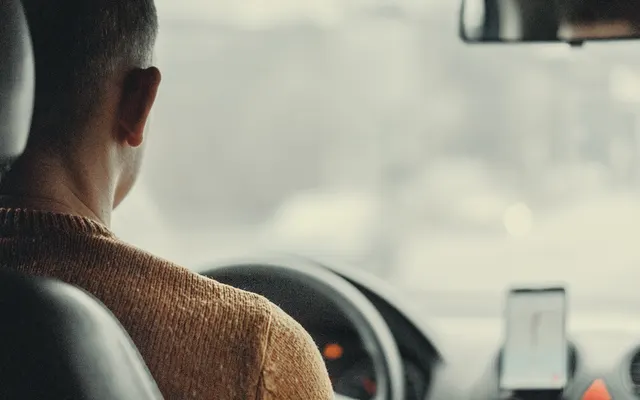


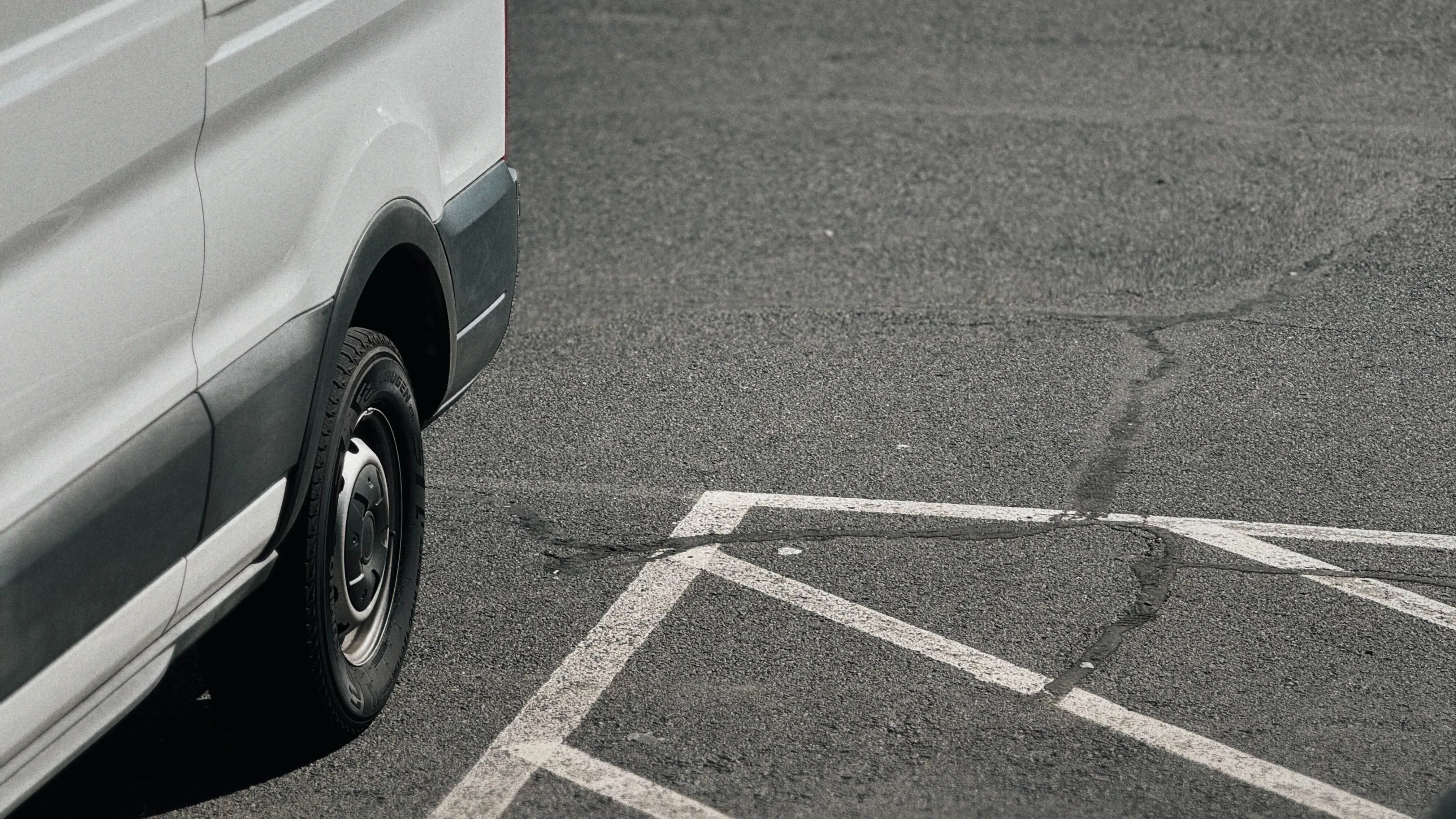
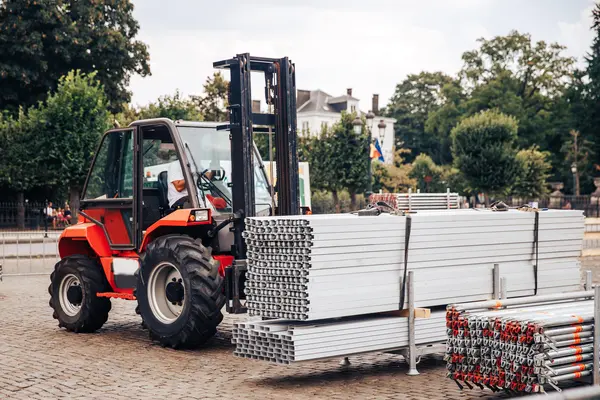
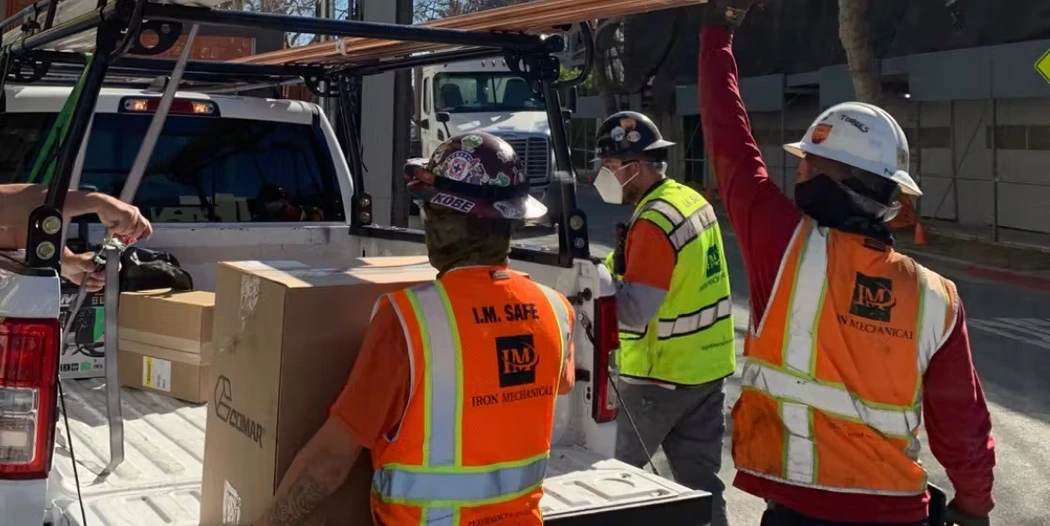
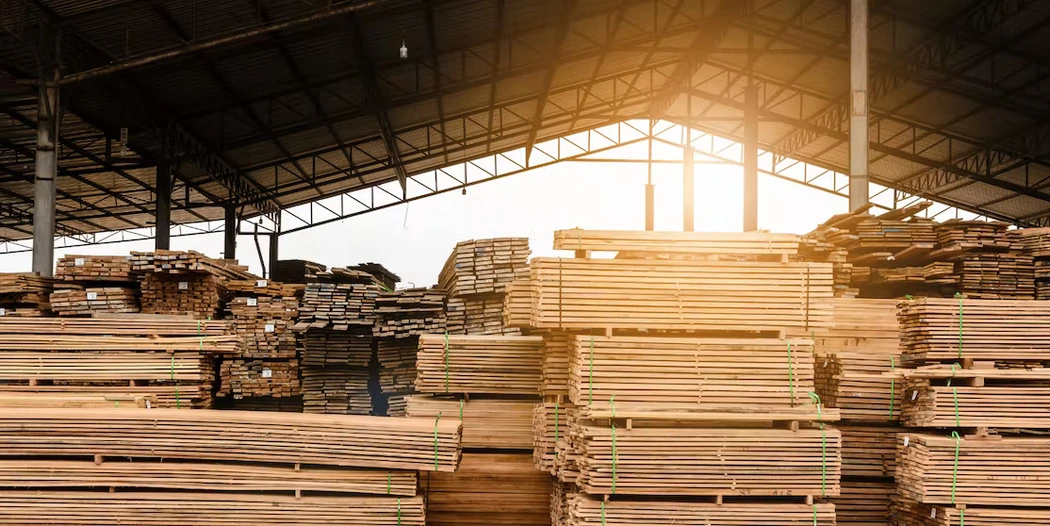




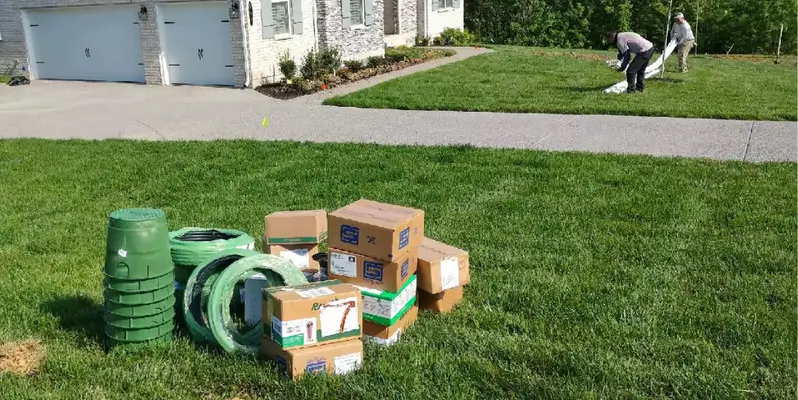
.webp)
-min.avif)


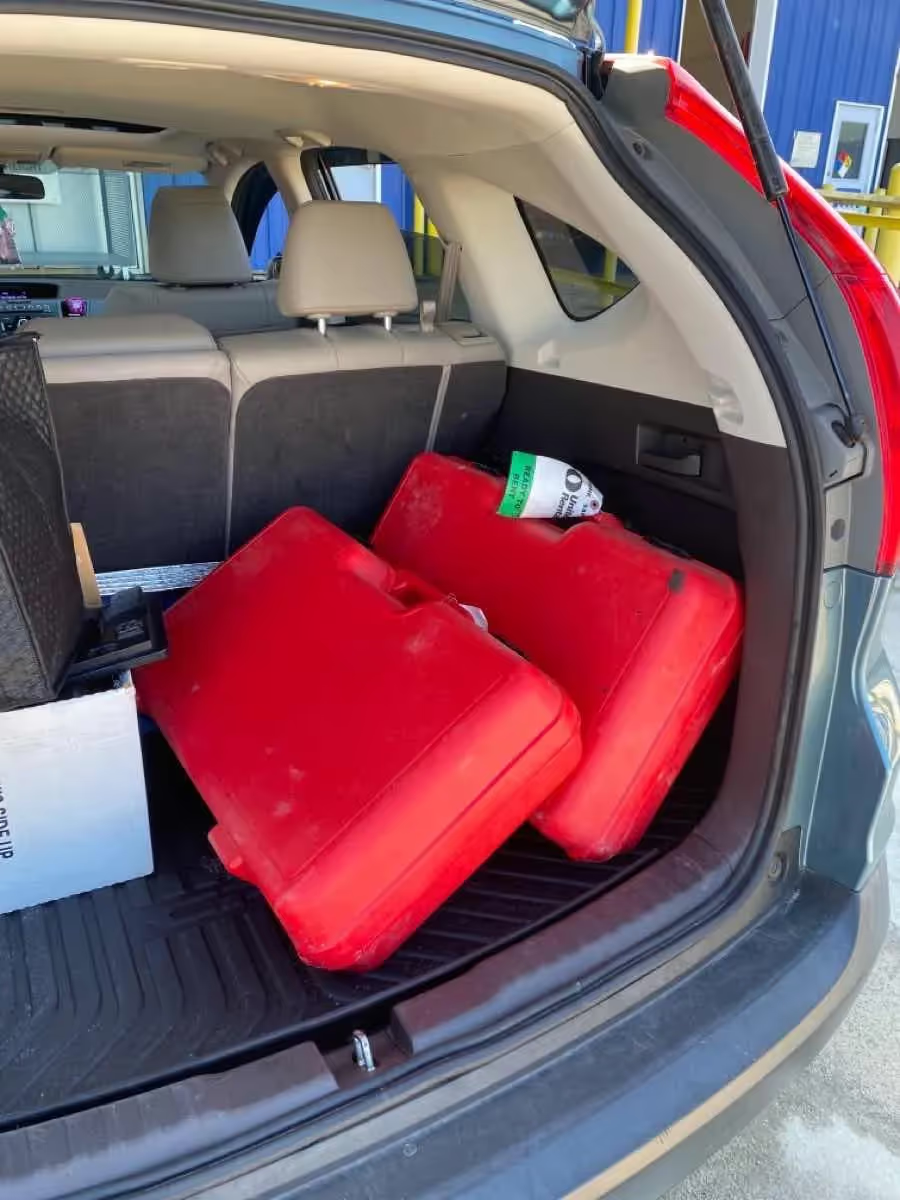

-min%2520(1).avif)

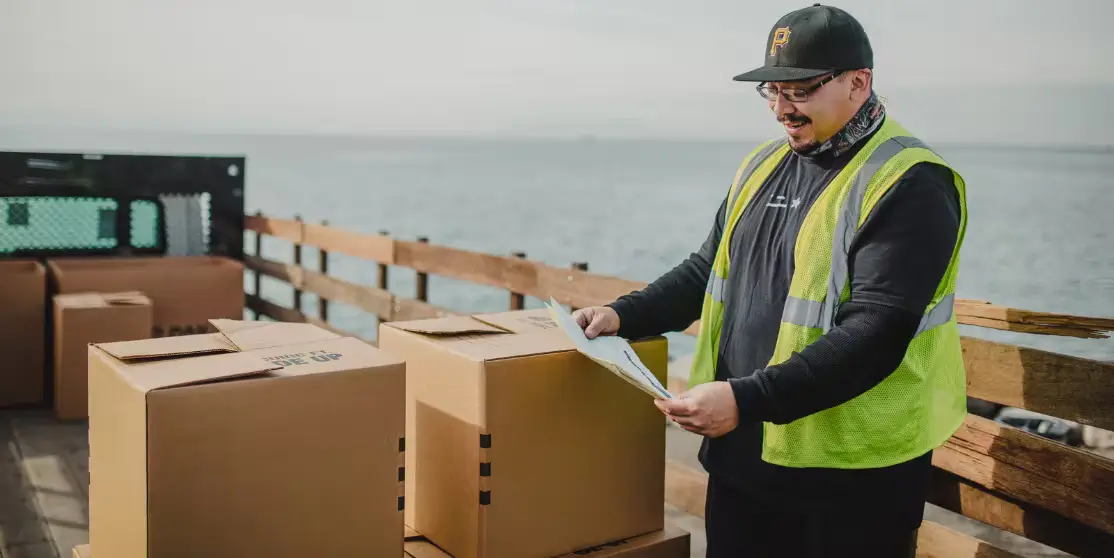
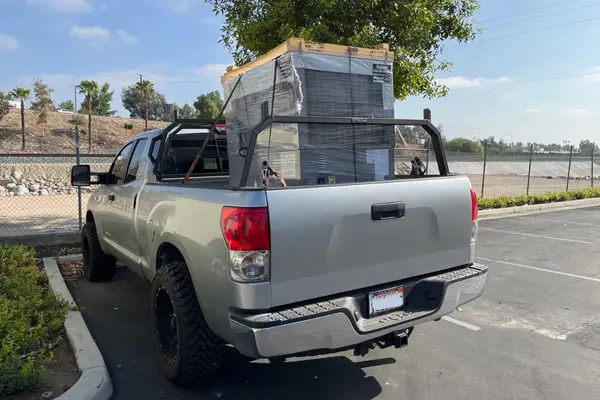



.avif)
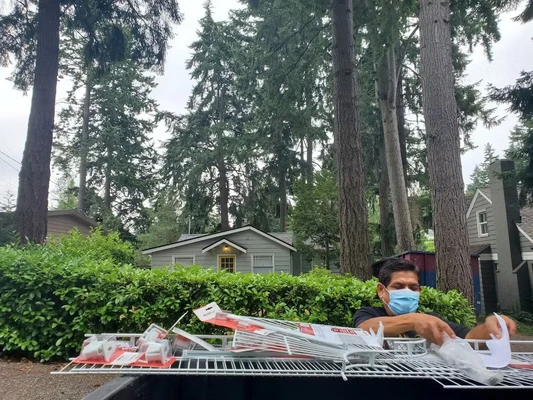




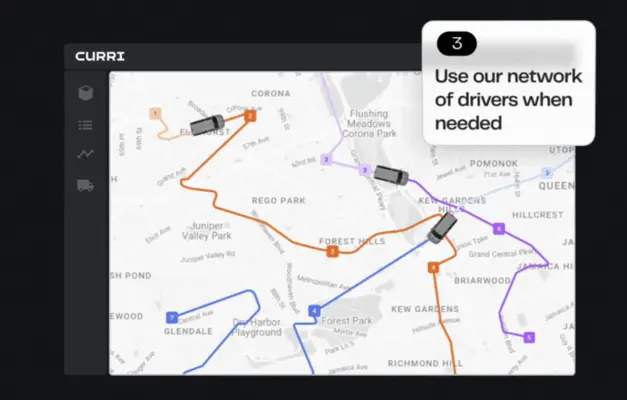
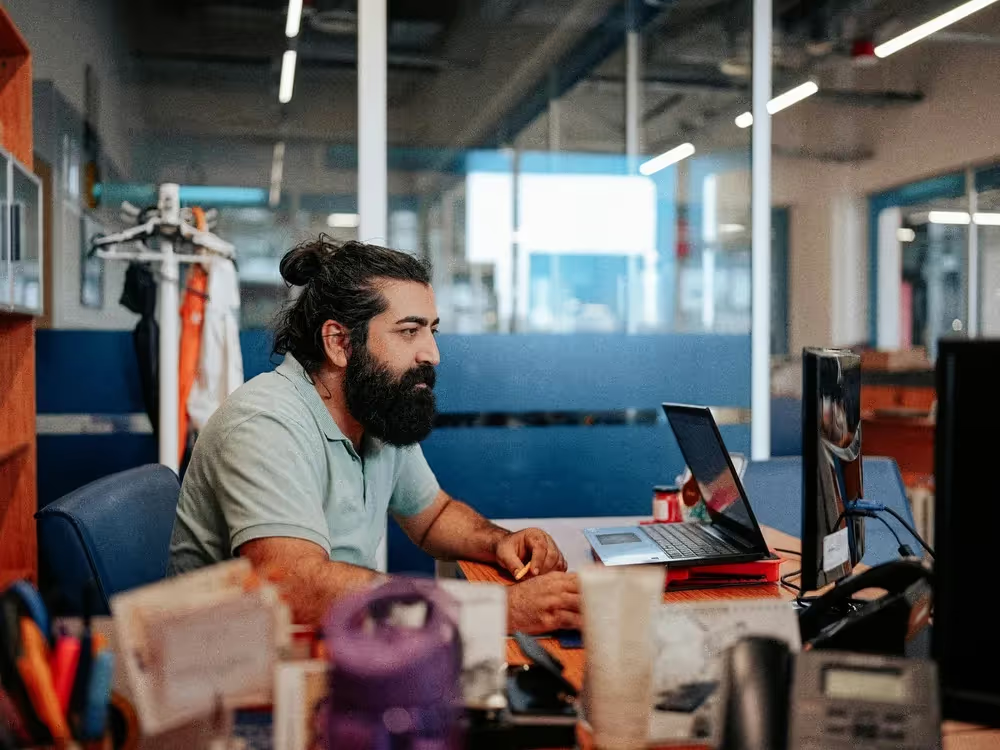

-min.avif)


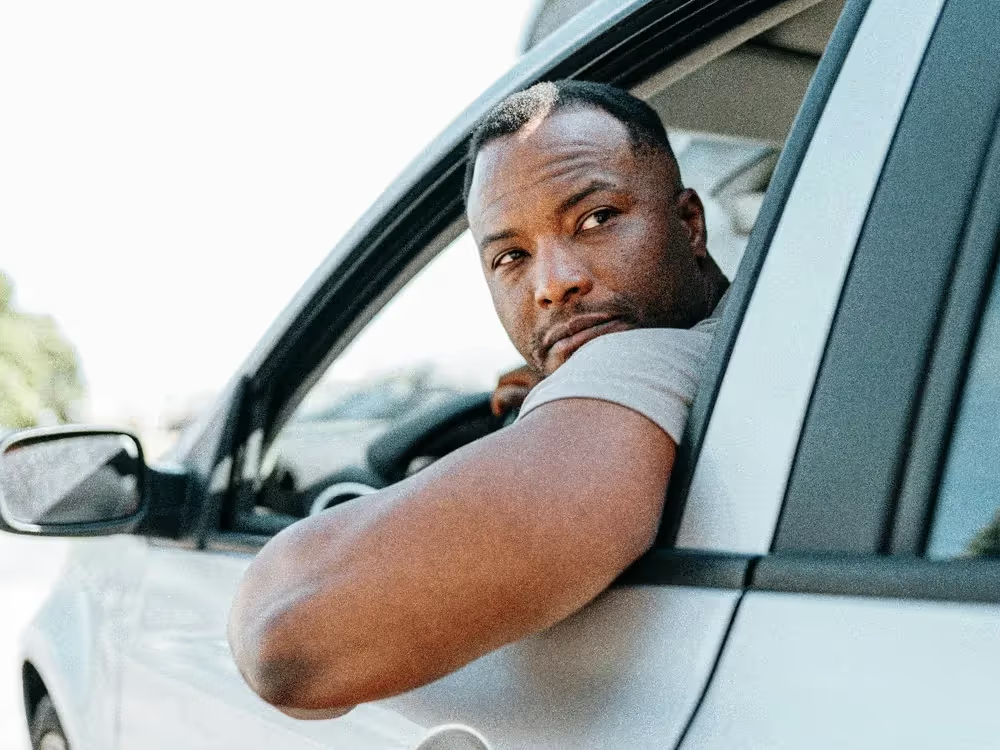

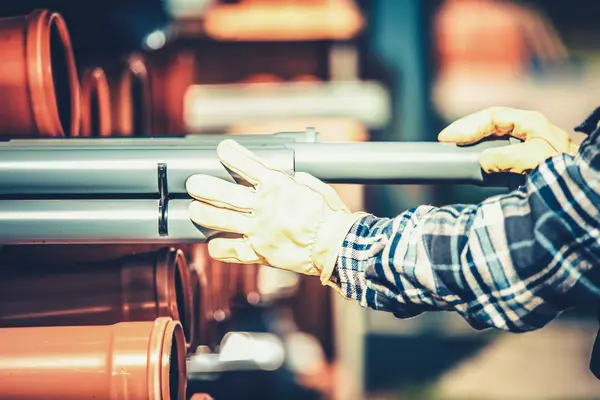
.webp)
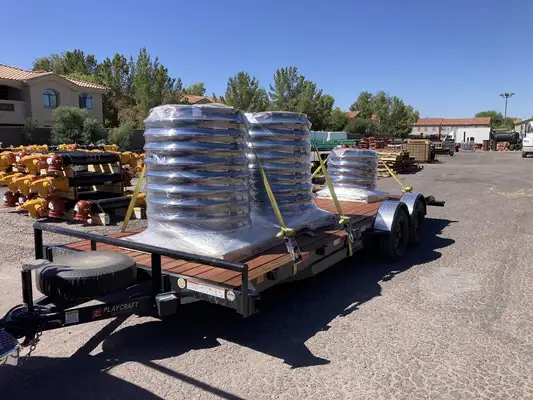
.webp)
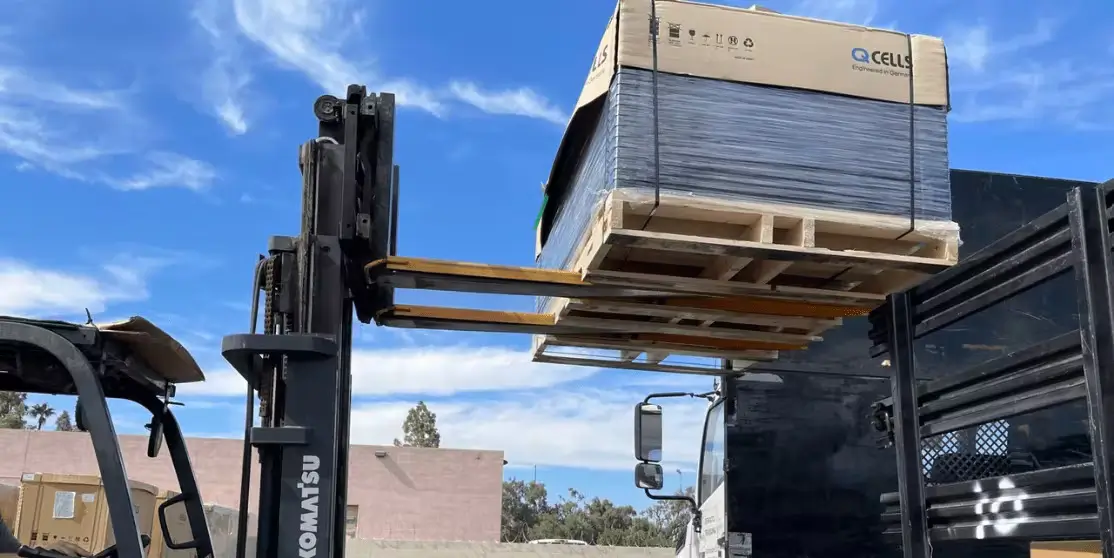







-min.webp)

.webp)
-min.webp)



.webp)

.webp)
.webp)


.webp)




-min.webp)

.webp)
.webp)